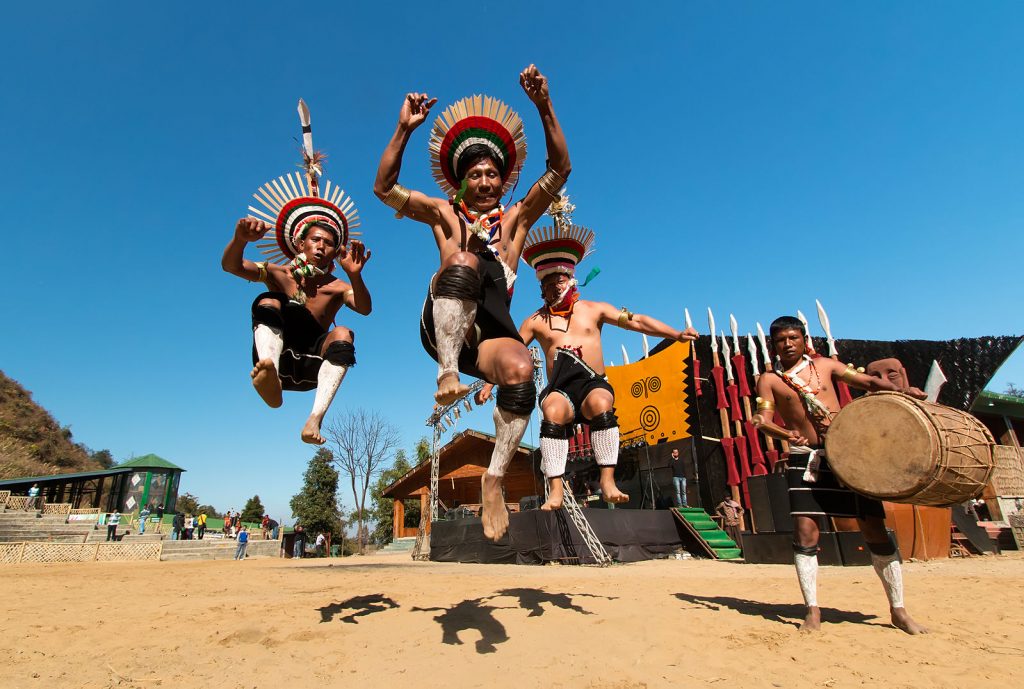Every great civilisation has made a unique contribution to the pantheon of world architecture. Egypt gave the world pyramids; Greece gave the world Corinthian columns; and India gave the world the stepwell, which elevated the humble act of collecting water into an extravagant piece of public theatre. The stepwells in India, which are astounding feats of water architecture, are mostly found in the towns and villages of the nation’s northern and central states. These ancient locations, which number in the thousands and are concentrated in the arid states of Gujarat and Rajasthan, were once used to store water.
The Stepwells in India
Stepwells in India were the permanent water source in these arid lands, ensuring water availability during times of drought. Normally, a set of stairs leading to a pond at the bottom would be present. A stepwell, however, was much more than just a simple reservoir. Most of these stepwells in India were lavishly ornamented and decked out with niches and pavilions where people could swim, bathe, perform religious rituals, and enjoy the natural cooling effect of a stored body of water, reflecting the importance of water in monsoon-dependent India. The best way to explore these architectural gems is by booking a cab in Rajasthan or Gujarat. Here are some of the most beautiful stepwells in India, which tell stories from a bygone era.
1. Chand Baori, Rajasthan – The stepwell with a spirit
The Chand Baori (stepwell) in Abhaneri village is one of Rajasthan’s oldest and most popular attractions. It was built in the 9th century AD by King Chanda of the Nikumbha Dynasty. Chand Baori, one of the world’s largest step wells, was built to conserve water and provide relief from the extreme heat. It was a community gathering place for both locals and royals. Chand Baori is an architectural marvel with 3,500 perfectly symmetrical, narrow steps. The Harshat Mata Temple is adjacent to the Chand Baori. The temple is dedicated to Harshat Mata, the village’s goddess of joy and happiness.
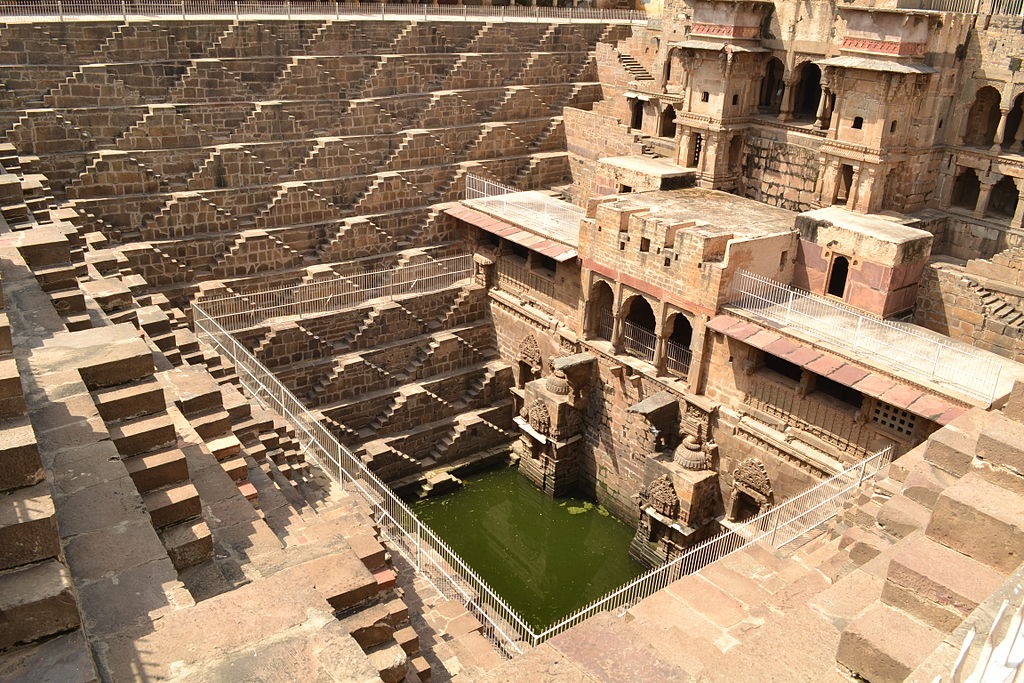
According to folklore, this massive stepwell, which has 3500 steps and 13 stories, was built in just one night! Because that is an impossible feat for even a superhuman, the locals believe the structure was built by a djinn, a spirit. It is also reported that no human has ever used the same set of stairs to descend and then ascend from the stepwell, so much so that you wouldn’t be able to take the same steps twice. While this is still debatable, eyewitness accounts confirm it.
2. Rani Ki Vav – A testimony to love
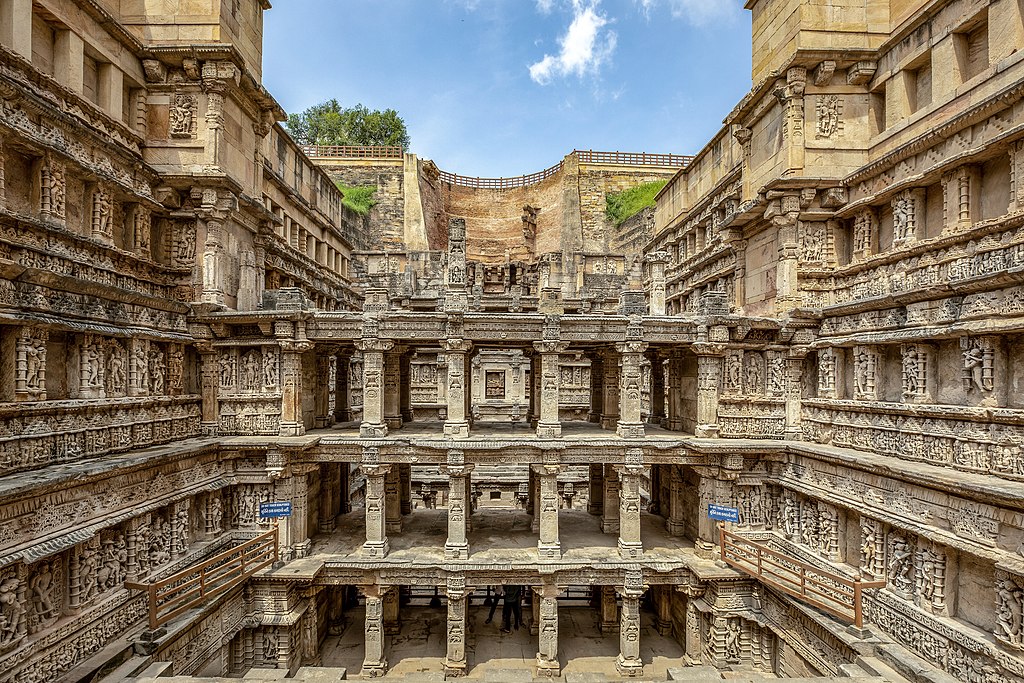
Rani Ki Vav, located on the banks of the Saraswati River, is one of Gujarat’s oldest and finest step-wells, and it has been beautifully preserved. Also known as the queen’s stepwell, Rani ki Vav is the only stepwell to be declared a UNESCO World Heritage site. Rani Udayamati of the Chalukya Dynasty built the stepwell in 1063 to commemorate her husband, Bhimdev I. Steps descend through multiple levels of carved pillars and over 800 sculptures, mostly on Vishnu-avatar themes, as well as striking geometric patterns. Apparently, there was even an escape route for the royal family on the bottom level of the step well, said to connect to the Sun Temple in Modhera. Many years ago, the Rani ki Vav was flooded by the Sabarmati river. It remained submerged in water, and it was only around 1980 that it was evacuated by the Archaeological Survey of India. Book a cab from Ahmedabad to Patan to explore the grandeur of this stepwell. The recently introduced lavender one hundred rupee note features this stepwell, which has suddenly brought attention to this once unknown site.
3. Toorji Ka Jhalra Bavdi, Rajasthan – An ode to a queen’s hometown
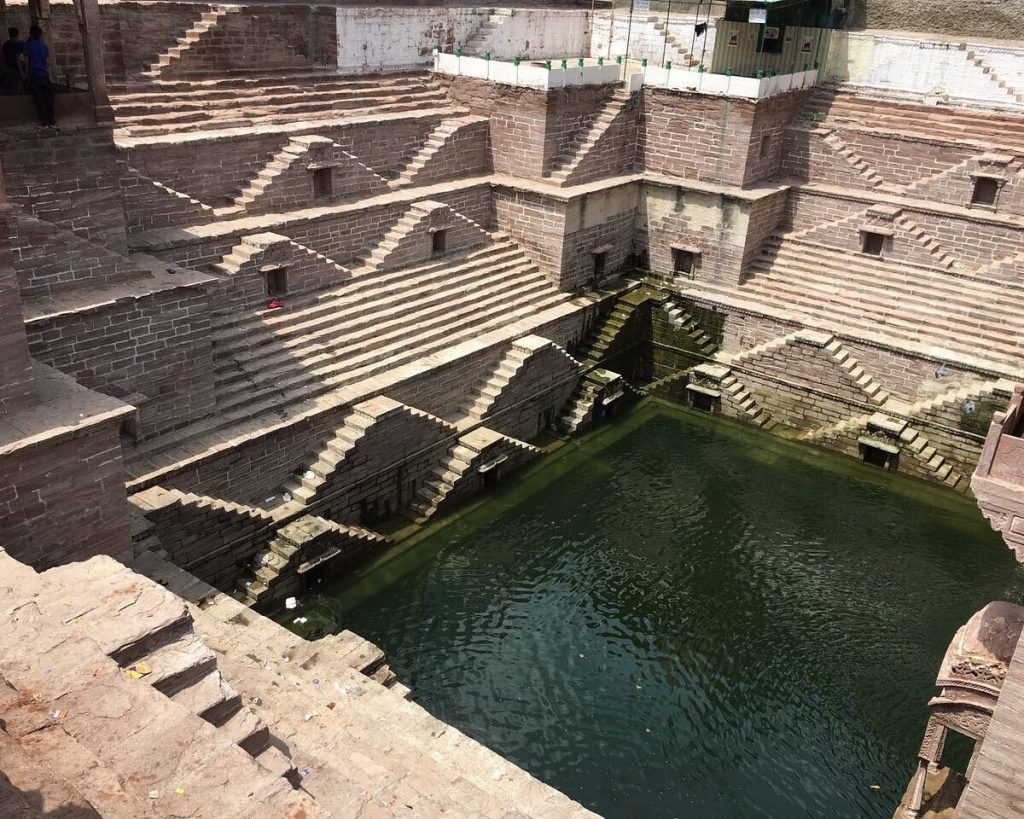
Toorji ka Jhalra, a three-hundred-year-old stepwell, is located in the heart of the old walled city, nestled between narrow winding streets and centuries-old havelis. An ancient stepwell modelled after the ‘Bawris’ of Gujarat, it holds water 300 feet deep and is accessible via steps. The stepwell was built in 1740 AD by a queen of Marwar, Raani Tawarji, consort of Maharaja Abhay Singh of Jodhpur. The Maharani or Queen was originally from the Patan Region of Gujarat where one of the world’s most marvelous stepwell exists even today- Rani ki Vav. And thus the Queen brought a part of her matriarchal tradition to Rajasthan and built Toorji ka Jhalra in Jodhpur. The stepwell, which had been submerged for over a century, was painstakingly restored to its former glory by RAAS through the JDH foundation. When planning a great Rajasthan road trip, include this magnificent stepwell in your itinerary.
4. Adalaj Stepwell – A tale of love and sacrifice
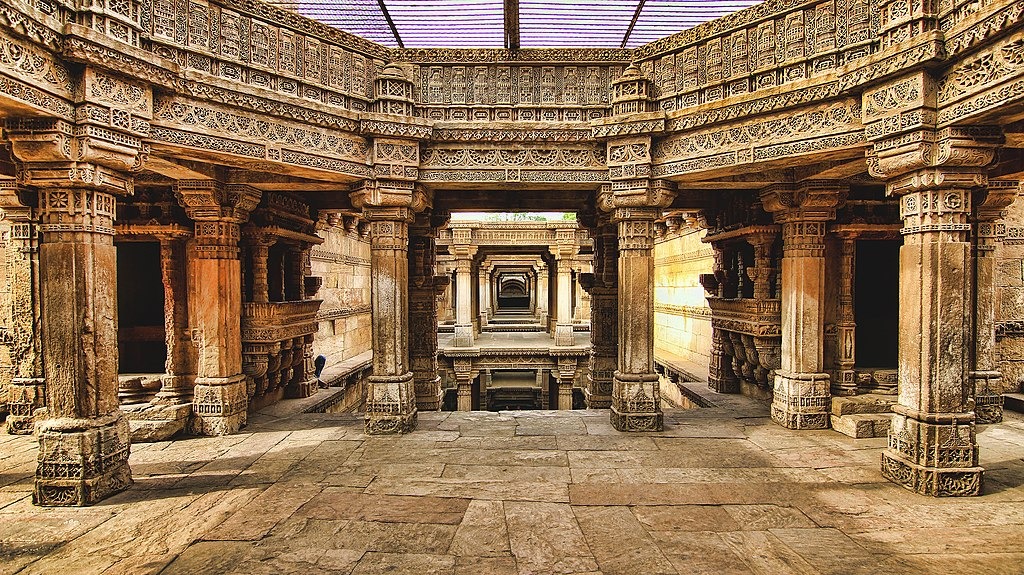
Adalaj Step Well, an important part of Ahmedabad’s history, was commissioned in 1498 by queen Rudabai, the wife of Vaghela dynasty ruler Rana Veer Singh. He ruled over a small kingdom known as Dandai Desh. According to legend, the kingdom was suffering from a severe water shortage, so King Rana Veer Singh decided to construct a large stepwell. The king began construction but died in a battle with the Sultan of Gujarat, Mahmud Begada, before it could be completed. Mahmud Begada fell in love with Queen Rudabai and desired to marry her. However, the queen agreed to the proposal on the condition that Mahmud finish building the stepwell. Following the completion of the vav, Queen Rudabai invited a few saints to bathe in the water, converting it into a holy well. She then fell into the vav and died, ending the queen’s saga in tragedy.
Mahmud Begada was impressed by the stepwell’s architectural brilliance, and he did not want any replica of the stepwell to be built. He, therefore, ordered the killing of the masons involved in its construction, whose tombs can be found near the stepwell. Although it’s now over 500 years old, it’s been beautifully preserved underground. The motifs of flowers and graphics of Islamic architecture blend seamlessly with the symbols of Hindu and Jain gods carved at various levels of the well. The deeper you go, the better you appreciate the architecture and the grandness of these stepwells.
5. Dada Harir Stepwell – A harem keeper’s legacy
Dada Harir Vav is a stepwell in Ahmedabad’s Aswara neighbourhood, 2.5 kilometres from Ahmedabad Junction. According to the Persian inscription in the stepwell, Dhai Harir, a household lady of Mahmud Begada, built the Dada Harir Stepwell in 1485. She was the royal harem’s superintendent. The well has two inscriptions, one in Sanskrit on the south wall of the first gallery and one in Arabic on the north wall. This vav, like most step-wells, is intended to store water and serve as a resting place for travellers.
6. Agrasen Ki Baoli – An architectural wonder
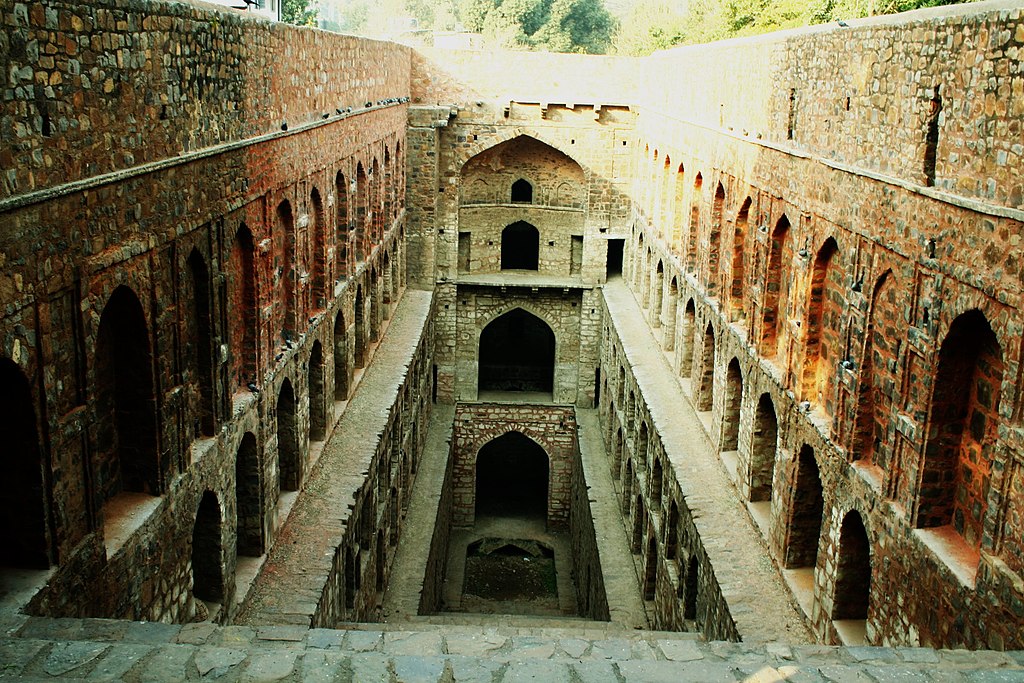
Agrasen ki Baoli, also known as Ugrasen ki Baoli, stands in the heart of Delhi as a time capsule. This ornate stepwell, which was formerly a water reservoir, is a magnificent example of magnificent architecture and ancient engineering skills. There is no clear historical record of when or by whom the magnificent Agrasen ki Baoli was built. Many historians believe it was built during the Mahabharata period by none other than the legendary king of Agroha, Maharaja Agrasen. It was later rebuilt in the 14th century by the Agrawal community, who are known to be the descendants of Maharaja Agrasen. Immerse yourself in the history of this Baoli by booking a taxi in Delhi.
7. Panna Meena Ka Kund – A stepwell that witnessed celebrations
Panna Meena ka Kund is a square-shaped stepwell with adjoining stairs on all four sides and a room on the northern wall. The stepwell is believed to have been used for religious ceremonies before weddings or on popular festival dates during the reign of Maharaja Jai Singh in the 16th century. Many locals believe that Panna Meena ka Kund was built so that the people of Amer could collect water, which was later used at many temples nearby.
While there are many stepwells in India today, a number of them have been forgotten and left to decay. Book a car rental app and embark on a road trip through the western part of India to explore the rich culture and history of these forgotten masterpieces.


